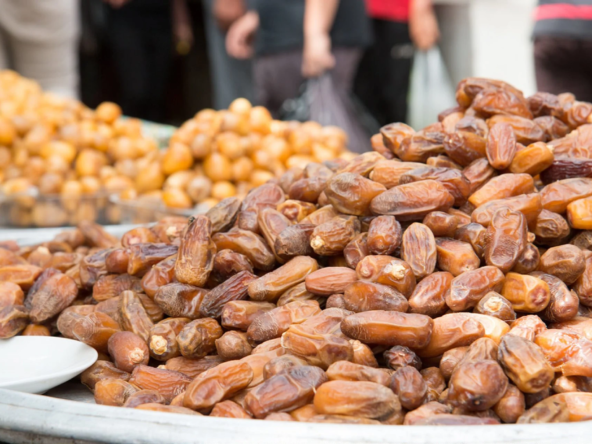Shea butter, derived from the nuts of the shea tree (Vitellaria paradoxa), stands as a testament to the deep-rooted connection between nature, culture, and commerce. This versatile substance has woven itself into the fabric of human history, evolving from sacred rituals in African communities to becoming a global skincare phenomenon. In this narrative journey, we will traverse the comprehensive history of shea butter, exploring its ancient origins, cultural significance, economic impact, and its transformation into a prized ingredient in modern skincare.

- Ancient Roots in Africa: Shea butter’s story begins in the savannas of West Africa, where the shea tree has flourished for centuries. Indigenous communities, particularly in regions like Ghana, Burkina Faso, and Nigeria, discovered the multifaceted uses of shea butter early on. Archaeological evidence suggests that shea butter was used as far back as the time of the Pharaohs in ancient Egypt, showcasing its historical significance. The women of these African communities played a crucial role in the extraction and production of shea butter. They developed age-old techniques for harvesting the nuts, extracting the butter, and using it for various purposes, including cooking, healing, and religious ceremonies.
- Cultural Significance and Rituals: Shea butter, often referred to as “women’s gold,” held a special place in the cultural practices of many African societies. Women, considered the guardians of shea knowledge, passed down the art of shea butter processing from generation to generation. The butter became an integral part of daily life, used in cooking, as a moisturizer, and even as a sacred offering in spiritual rituals. In some cultures, shea butter was believed to possess mystical properties, and its application was considered a form of protection against the elements and spiritual forces. The significance of shea butter in these societies went beyond practical use; it became intertwined with cultural identity and tradition.
- Trade and Economic Impact: As trade routes expanded, so did the demand for shea butter. The substance became a valuable commodity in regional trade, and its economic impact reached far beyond the borders of Africa. European explorers and traders in the 19th century recognized the potential of shea butter, and it found its way into global markets. During the colonial era, shea butter became a major export product, contributing significantly to the economic development of West African nations. However, the exploitation of shea resources and the lack of fair trade practices led to economic disparities, a legacy that continues to be addressed in contemporary discussions surrounding shea butter production.
- Industrialization and Global Recognition: With the rise of the cosmetics and skincare industry in the 20th century, shea butter gained global recognition for its exceptional moisturizing and healing properties. The high content of fatty acids and vitamins, along with its natural emollient qualities, made it a sought-after ingredient in skincare formulations. International interest in shea butter prompted initiatives to promote sustainable harvesting practices and fair trade agreements to ensure that the communities involved in shea production benefited from its commercial success. Non-governmental organizations and ethical skincare brands played a pivotal role in advocating for the fair treatment of those involved in the shea butter supply chain.
- Modern Applications and Cultural Appreciation: In the 21st century, shea butter has become a staple in the cosmetic industry, featuring prominently in skincare products such as moisturizers, lotions, balms, and hair care items. Its natural origin and moisturizing benefits have made it a favorite among consumers seeking organic and sustainable alternatives in their beauty routines. Furthermore, the appreciation for shea butter has extended beyond its utilitarian purposes. The global cosmetic industry has acknowledged the cultural and historical significance of shea butter, leading to initiatives that celebrate the communities involved in its production. Fair trade certifications and partnerships with African cooperatives have become common, fostering a more ethical and equitable trade landscape.
Conclusion:
The history of shea butter unfolds as a captivating narrative, from its sacred beginnings in African rituals to its prominent place on the shelves of international skincare aisles. Its journey is not just about a substance extracted from nuts; it is a story of cultural resilience, economic empowerment, and the ever-evolving relationship between humanity and the natural world.
As we indulge in the silky richness of shea butter-infused products, let us recognize the centuries of wisdom embedded in its use and honor the communities that have safeguarded its traditions. Shea butter, once a local treasure, has transcended boundaries and emerged as a symbol of the interconnectedness between cultures, commerce, and the enduring power of nature.
Ajigofarms is a reliable global agricultural purchase sourcing with profound expertise in the manufacturing, and exportation of food crops. We are tested, and trusted suppliers of all kinds of cash crops and food crops. Our constant supply chain solution makes exporting easy, quick, and safe, we are identified with timeliness and meeting up with deadlines. Regardless of the region you are located in worldwide, you can reliably order your Agric products and be rest assured of successful delivery.




